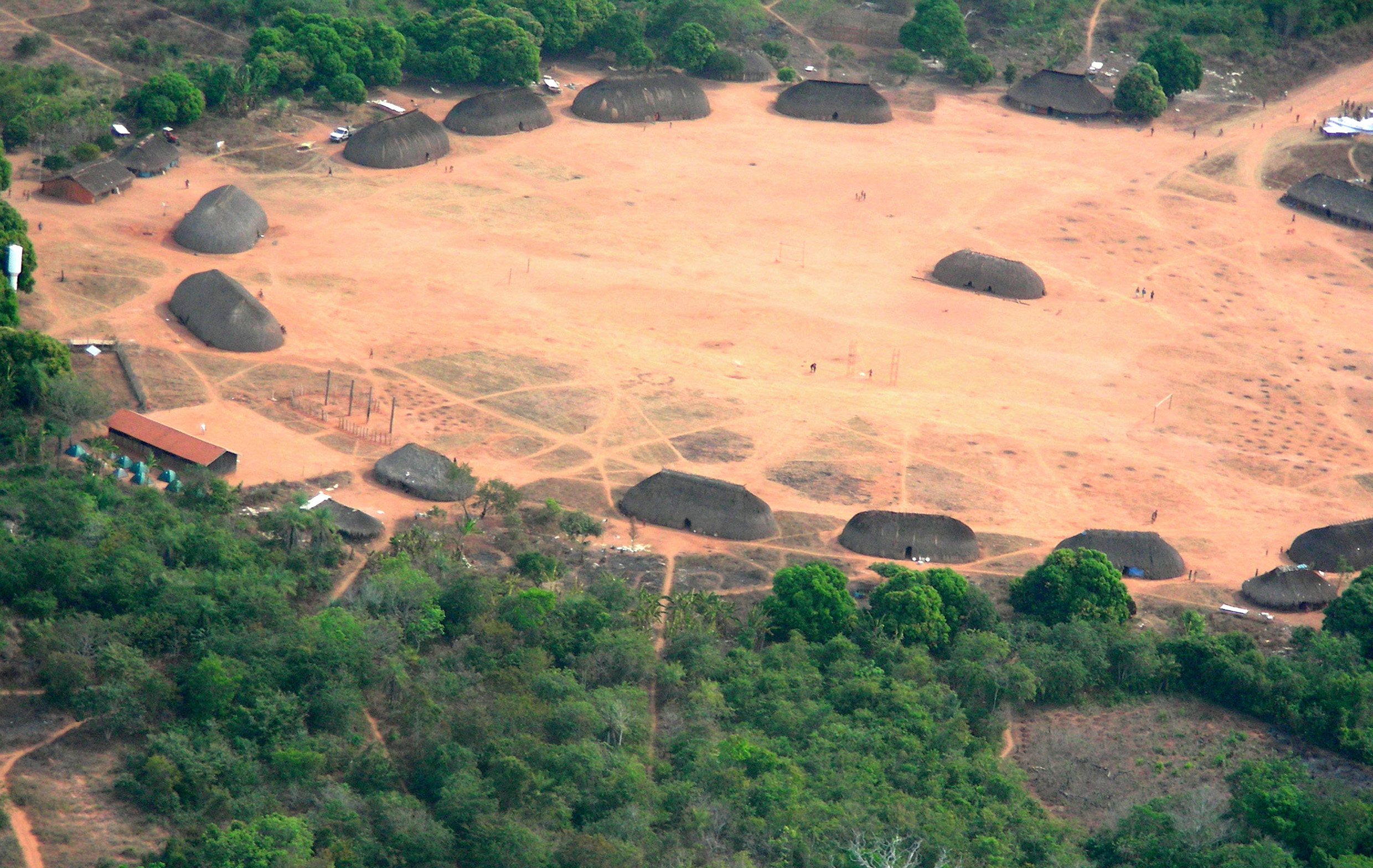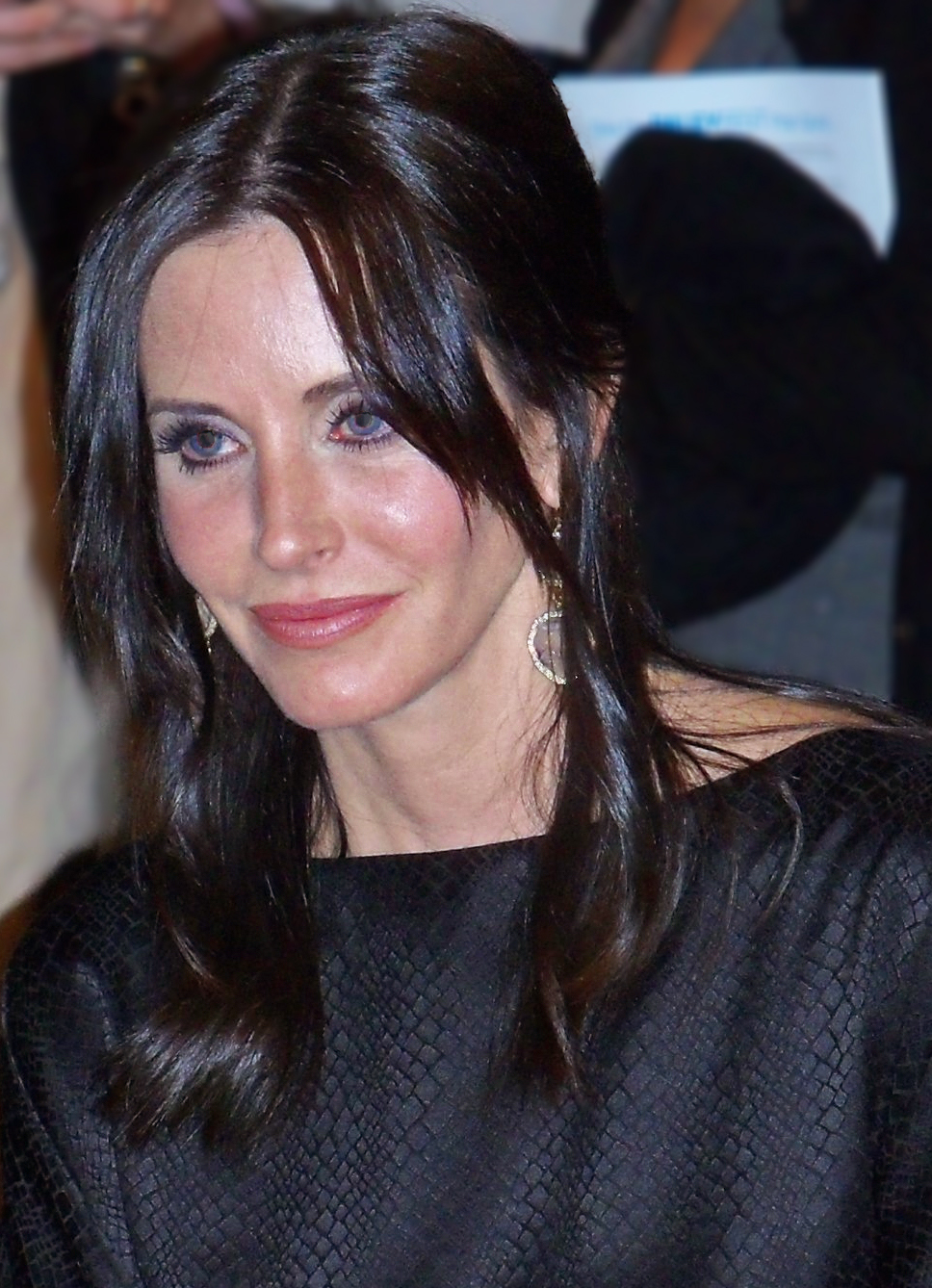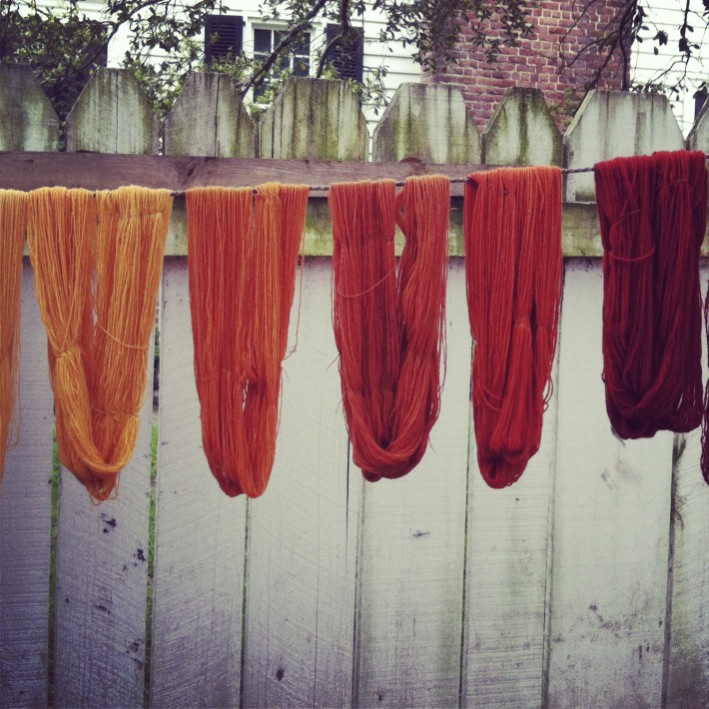|
Uru-Eu-Wau-Wau
The Uru-Eu-Wau-Wau are an indigenous people of Brazil,''Last Days of Eden: Rondônia's Urueu-Wau-Wau Indians'' Loren McIntyre, National Geographic (December 1988), pp. 800-817 (retrieved 10 Aug 2016) living in the state of . They live in six villages on the borders of the , which is shared by two other contacted groups, the Amondawa and Uru Pa In, the latter who speak a |
Rondônia
Rondônia () is one of the 26 states of Brazil, located in the northern subdivision of the country (central-western part). To the west is a short border with the state of Acre, to the north is the state of Amazonas, in the east is Mato Grosso, and in the south and southwest is Bolivia. Rondônia has a population of 1,815,000 as of 2021. It is the fifth least populated state. Its capital and largest city is Porto Velho. The state was named after Cândido Rondon, who explored the north of the country during the 1910s. The state, which is home to 0.8% of the Brazilian population, is responsible for 0.6% of the Brazilian GDP. Geography Rondonia was originally home to over 200,000 km2 of rainforest, but has become one of the most deforested places in the Amazon. By 2003 around 70,000 km2 of rainforest had been cleared. The area around the Guaporé River is part of the Beni savanna ecoregion. The Samuel Dam is located in the state, on the Jamari River. History Dem ... [...More Info...] [...Related Items...] OR: [Wikipedia] [Google] [Baidu] |
Kagwahiva
Kawahíva (Kawahíb, Kagwahib) is a Tupi–Guarani dialect cluster of Brazil. The major variety is Tenharim. The Tenharim (self-designation, Pyri 'near, together'), Parintintín, Jiahúi, Amondawa, Karipúna (not to be confused with neither the Panoan group, nor the Carib-based creole spoken in the state of Amapá, which all have the same name), Uru-eu-wau-wau (self-designation, Jupaú), Júma, Piripkúra, and Capivarí all call themselves ''Kawahíva''. Their speech is mutually intelligible, and also similar with other languages now extinct. The closest Tupí-Guaraní language seems to be Apiaká, spoken in Mato Grosso. Varieties There are different internal classifications of the pan-Kawahíwa, which differ in, e.g., whether Kayabí and Apiaká should be included as part of the dialectal cluster. The one listed in Aguilar (2013, 2018) follows: *Northern Kawahíwa ** ** ** ** *Southern Kawahíwa **Jupaú () ** ** ** Apiaká **Kayabí (Kawaiwete) ** **isolated groups Lang ... [...More Info...] [...Related Items...] OR: [Wikipedia] [Google] [Baidu] |
Uru-Eu-Wau-Wau Language
Kawahíva (Kawahíb, Kagwahib) is a Tupi–Guarani dialect cluster of Brazil. The major variety is Tenharim. The Tenharim (self-designation, Pyri 'near, together'), Parintintín, Jiahúi, Amondawa, Karipúna (not to be confused with neither the Panoan group, nor the Carib-based creole spoken in the state of Amapá, which all have the same name), Uru-eu-wau-wau (self-designation, Jupaú), Júma, Piripkúra, and Capivarí all call themselves ''Kawahíva''. Their speech is mutually intelligible, and also similar with other languages now extinct. The closest Tupí-Guaraní language seems to be Apiaká, spoken in Mato Grosso. Varieties There are different internal classifications of the pan-Kawahíwa, which differ in, e.g., whether Kayabí and Apiaká should be included as part of the dialectal cluster. The one listed in Aguilar (2013, 2018) follows: *Northern Kawahíwa ** ** ** ** *Southern Kawahíwa **Jupaú () ** ** ** Apiaká **Kayabí (Kawaiwete) ** **isolated groups Lang ... [...More Info...] [...Related Items...] OR: [Wikipedia] [Google] [Baidu] |
Uru-Eu-Uaw-Uaw Indigenous Territory
Terra Indigena Uru-Eu-Uaw-Uaw is an indigenous territory located in central Rondônia, Brazil. It has a contacted Indian population of around 168 people belonging to Amondaua, Uru Pa In, Juma, and Jupaú tribes (). There remains an unknown number of uncontacted Indians who belong to 4 to 6 different tribes like Jururei, Yvyraparaquara, Uru Pa In (uncontacted bands), and Parakua. The uncontacted population was estimated at somewhere between 1,000 and 1,200 in 1986, but it has declined very steeply in the recent decades. It is one of the most unsafe indigenous territories in Brazil and is regularly invaded by loggers and ranchers. ''Survival International.'' 12 Jan 2007 (retrieved 26 April 2011) The |
Uncontacted Tribes
Uncontacted peoples are groups of indigenous peoples living without sustained contact with neighbouring communities and the world community. Groups who decide to remain uncontacted are referred to as indigenous peoples in voluntary isolation. Legal protections make estimating the total number of uncontacted tribes challenging, but estimates from the Inter-American Commission on Human Rights in the UN and the non-profit group Survival International point to between 100 and 200 tribes numbering up to 10,000 individuals.Report of the Regional Seminar on indigenous peoples in voluntary isolation and in initial contact of the Amazonian Basin and El Chaco, Santa Cruz de la Sierra, Bolivia (20–22 November 2006), presented by the Office of the United Nations High Commissioner for Human Rights (OHCHR) and the International Work Group on Indigenous Affairs (IWGIA), E/C.19/2007/CRP.1, March 28, 2007, para 1. A majority of tribes live in South America, particularly Brazil, where the Brazi ... [...More Info...] [...Related Items...] OR: [Wikipedia] [Google] [Baidu] |
Hunter-gatherer
A traditional hunter-gatherer or forager is a human living an ancestrally derived lifestyle in which most or all food is obtained by foraging, that is, by gathering food from local sources, especially edible wild plants but also insects, fungi, honey, or anything safe to eat, and/or by hunting game (pursuing and/or trapping and killing wild animals, including catching fish), roughly as most animal omnivores do. Hunter-gatherer societies stand in contrast to the more sedentary agricultural societies, which rely mainly on cultivating crops and raising domesticated animals for food production, although the boundaries between the two ways of living are not completely distinct. Hunting and gathering was humanity's original and most enduring successful competitive adaptation in the natural world, occupying at least 90 percent of human history. Following the invention of agriculture, hunter-gatherers who did not change were displaced or conquered by farming or pastoralist groups in ... [...More Info...] [...Related Items...] OR: [Wikipedia] [Google] [Baidu] |
Indigenous Peoples In Brazil
Indigenous peoples in Brazil ( pt, povos indígenas no Brasil) or Indigenous Brazilians ( pt, indígenas brasileiros, links=no) once comprised an estimated 2000 tribes and nations inhabiting what is now the country of Brazil, before European contact around 1500. Christopher Columbus thought he had reached the East Indies, but Portuguese Vasco da Gama had already reached India via the Indian Ocean route, when Brazil was colonized by Portugal. Nevertheless, the word ("Indians") was by then established to designate the people of the New World and continues to be used in the Portuguese language to designate these people, while a person from India is called in order to distinguish the two. At the time of European contact, some of the Indigenous people were traditionally semi-nomadic tribes who subsisted on hunting, fishing, gathering and migrant agriculture. Many tribes suffered extinction as a consequence of the European settlement and many were assimilated into the Brazilian po ... [...More Info...] [...Related Items...] OR: [Wikipedia] [Google] [Baidu] |
Ethnic Groups In Brazil
Brazilian society is made up of a confluence of people of several different origins, from the original Native Brazilians, with the influence of Portuguese colonists and people of African descent. Other major significant groups include Italians, Spaniards, Germans, Lebanese and Japanese. Latin Europe accounted for four-fifths of the arrivals (1.8 million Portuguese, 1.5 million Italians, and 700,000 Spaniards). Brazil has seen greater racial equality over time. According to a recent review study, "There has been major, albeit uneven, progress in these terms since slavery, which has unfortunately not wholly translated into equality of income: only in 2011 did the black-to-white income ratio eclipse its 1960 level, although it appears to be at an all-time high. Education and migration were important factors in closing the gap, whereas school quality and discrimination may explain its persistence." Historic background The Brazilian population was formed by the influx of Po ... [...More Info...] [...Related Items...] OR: [Wikipedia] [Google] [Baidu] |
The Territory (2022 Film)
''The Territory'' is an 2022 internationally co-produced documentary film directed by Alex Pritz. It follows a young Indigenous leader of the Uru-eu-wau-wau people fighting back against farmers, colonizers and settlers who encroach on a protected area of the Amazon Rainforest. Filmed on location in Brazil from 2018 to 2020, the film utilizes almost exclusively on-the-ground, primary source material, including footage produced directly by the Uru-eu-wau-wau. Darren Aronofsky serves as a producer under his Protozoa Pictures banner. The film had its world premiere at the 2022 Sundance Film Festival on January 22, 2022. It was released in select cities in the United States and Canada on August 19, 2022, by National Geographic Documentary Films and Picturehouse with wider release to follow. Its festival run has included a number of award nominations and victories, including wins at Sundance and Telluride. Critics have praised its cinematography as well the authentic portrayal of ten ... [...More Info...] [...Related Items...] OR: [Wikipedia] [Google] [Baidu] |
Ten Thousand Years Older
''Ten Thousand Years Older'' is a 2002 documentary film by Werner Herzog about the Amondauas (Uru Eus) people of Brazil. The ten-minute film was produced and included as part of the ''Ten Minutes Older'' project, released in the collection ''The Trumpet''. Synopsis The film opens with stock footage of the Amondauas' first contact with modern Brazilians in 1981. Herzog states that they had previously only a "stone age existence", with no knowledge of metalworking. Within several years, the majority of the tribe had been wiped out, most killed by chicken pox and the common cold The common cold or the cold is a viral infectious disease of the upper respiratory tract that primarily affects the respiratory mucosa of the nose, throat, sinuses, and larynx. Signs and symptoms may appear fewer than two days after exposu .... Herzog visits the tribe twenty years after their first contact. He discusses the elders' opinions on their new life, as well as the children's. The elders l ... [...More Info...] [...Related Items...] OR: [Wikipedia] [Google] [Baidu] |
Friends Of Peoples Close To Nature
''Friends'' is an American television sitcom created by David Crane and Marta Kauffman, which aired on NBC from September 22, 1994, to May 6, 2004, lasting ten seasons. With an ensemble cast starring Jennifer Aniston, Courteney Cox, Lisa Kudrow, Matt LeBlanc, Matthew Perry and David Schwimmer, the show revolves around six friends in their 20s and 30s who live in Manhattan, New York City. The series was produced by Bright/Kauffman/Crane Productions, in association with Warner Bros. Television. The original executive producers were Kevin S. Bright, Kauffman, and Crane. Kauffman and Crane began developing ''Friends'' under the working title ''Insomnia Cafe'' between November and December 1993. They presented the idea to Bright, and together they pitched a seven-page treatment of the show to NBC. After several script rewrites and changes, including title changes to ''Six of One'' and ''Friends Like Us'', the series was finally named ''Friends''. Filming took place at Warner ... [...More Info...] [...Related Items...] OR: [Wikipedia] [Google] [Baidu] |
Vegetal Dye
Natural dyes are dyes or colorants derived from plants, invertebrates, or minerals. The majority of natural dyes are vegetable dyes from plant sources—roots, berries, bark, leaves, and wood—and other biological sources such as fungi. Archaeologists have found evidence of textile dyeing dating back to the Neolithic period. In China, dyeing with plants, barks and insects has been traced back more than 5,000 years.Goodwin (1982), p. 11. The essential process of dyeing changed little over time. Typically, the dye material is put in a pot of water and heated to extract the dye compounds into solution with the water. Then the textiles to be dyed are added to the pot, and held at heat until the desired color is achieved. Textile fibre may be dyed before spinning or weaving ("dyed in the wool"), after spinning ("yarn-dyed") or after weaving ("piece-dyed"). Many natural dyes require the use of substances called mordants to bind the dye to the textile fibres. Mordants (from the Latin verb ... [...More Info...] [...Related Items...] OR: [Wikipedia] [Google] [Baidu] |





